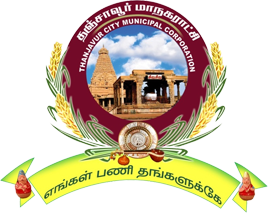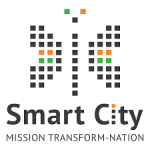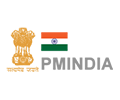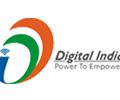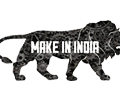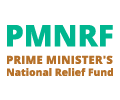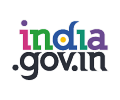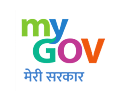Temples of Importance
- Brihadishvara Temple or Rajarajesvaram or Peruvudaiyar Kovil
- Brihadisvara Temple, Gangaikonda Cholapuram
- Airavateswara Temple
- Ramaswamy Temple
- Kampaheswarar Temple
- Swetha Vinayagar Temple or Vellai Vinayakar Koil
- Swamimalai Swaminathaswamy Temple
- Aiyarappar Temple
- Thyagaraja Temple
- Chakrapani Temple
- Neelamega Perumal or Thanjai Mamani Temple
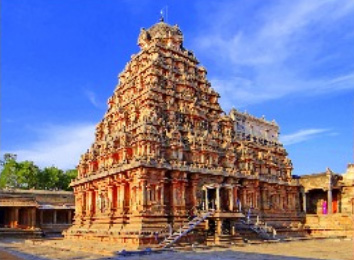
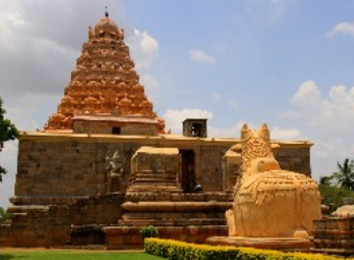
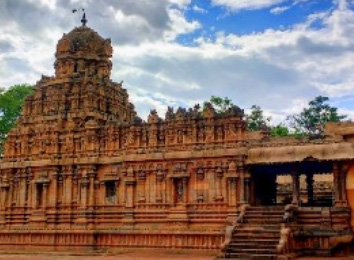
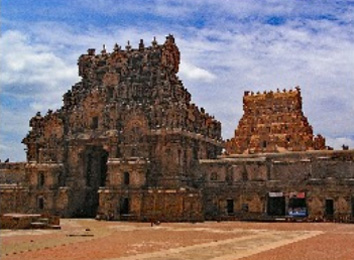
Navagraha Temples in Tamil Nadu
In Hindu mythology, the Navagrahas (Sun, Moon, Mars, Mercury, Jupiter, Venus, Saturns, Rahu and Ketu) are most important. Navagraha temples in Tamil Nadu are the ultimate adobe for architectural wonder and spiritual significance. In fact, these ancient Navagraha temples in Tamil Nadu are an ideal divine pilgrimage for spiritual lovers..
| Surya Navagrahastalam | Sooriyanar Kovil |
| Chandra Navagrahastalam | Thingaloor |
| Angaarakan Navagrahastalam | Vaitheeswaran Kovil |
| Budha Navagrahastalam | Thiruvenkadu |
| Guru Navagrahastalam | Alangudi |
| Sukra Navagrahastalam | Kanjanur |
| Shani Navagrahastalam | Thirunallar |
| Raahu Navagrahastalam | Thirunageswaram |
| Ketu Navagrahastalam | Keezhperumpallam |
Temple Timing
| Temple name | Morning | Evening |
| Suryan Temple | 06.00 AM – 12.30 PM | 04.00 PM – 08.00 PM |
| Chandran Temple | 07.00 AM – 01.00 PM | 04.00 PM – 09.00 PM |
| Sevvai Temple | 06.00 AM – 01.00 PM | 04.00 PM – 09.00 PM |
| Budhan Temple | 06.00 AM – 12.00 PM | 04.00 PM – 09.00 PM |
| Guru Temple | 06.00 AM – 01.00 PM | 04.00 PM – 09.00 PM |
| Sukkiran Temple | 07.00 AM – 12.30 PM | 04.00 PM – 08.00 PM |
| Saneeswaran Temple | 06.00 AM – 01.00 PM | 04.00 PM – 09.00 PM |
| Ragu Temple | 06.00 AM – 01.00 PM | 04.00 PM – 08.30 PM |
| Kethu Temple | 06.00 AM – 01.00 PM | 04.00 PM – 08.00 PM |
1. Surya Navagrahastalam – Sooriyanar Kovil

It is noteworthy that there are just two temples throughout Mother India that are devoted to the Sun God, also known as the King of Gods. The Konark Sun Temple and the Suryanar Temple are thought to have been constructed by King Narasimhadeva I of the Eastern Ganga Dynasty and Kulottunga Chola I of the Chola Dynasty, respectively. Let’s review some important facts regarding the SUN TEMPLE located in southern India.The Konark Sun Temple is situated in Odisha, in the northern region of India.
The Suryanar Temple is situated in Tamilnadu, in southern India. The Suryanar Temple is located in the Thanjavur district’s Suryanarkoil village. One of the temple’s specialties is situated along the banks of the Cauvery River. This temple is situated approximately 20 kilometers from Mayiladuthurai, 2 km north of Aduthurai, and 15 km east of Kumbakonam. The temple is located along the Kumbakonam–Mayiladuthurai route. The months of October through March are ideal for devotee visits to the temple.
The temple tower is 15.5 meters tall, with three tiers and five domes at the top. Rajagopuram is located to the north of the temple tank.
2. Chandra Navagrahastalam – Thingalur

Moon god is Chandra. It is accurate to claim that plants and flora are ruled by the Moon. Chandra is credited with being young, vibrant, attractive, bisexual, and holding lotuses in her hands. Every night, he rides his chariot across the sky with the help of ten white horses. He is also known as Rajanipati, which means “lord of the night,” and Kshupakara, which means “one who lights up the night.”
He rules over Monday, according to Hindu Astronomy. He has 27 Nakshatras as his wives. The history is told using three different kinds of episodes. Let’s examine each one separately.
Devas received the Amurtham from Lord Vishnu. A deva in disguise, one of the asuras, sampled the Amurtham that the Lord had given out. When they learned of this, Suryan and Chandra complained to the Lord. The Lord, filled with rage and concern, split the asura’s body in two with the chakrayudham (discus). The snake’s head and body united to form Raghu Bhagavan. Kethu Bhagavan is the combination of the snake’s head and the body part. The gods Ragu and Kethu are not forgiving of Suryan and Chandra. Ragu begins to consume Chandran. This makes Chanran rely on God.
3. Angaarakan Navagrahastalam – Vaitheeswaran Kovil

Mars is also called Mangala. Mars is also called Angaraka which means red. He is considered to be the son of the earth goddess Bhumi. He is the god of war. Generally, vaitheeswaran means “god of repentance”. It is said that more than 4000 types of diseases can be cured by praying to Lord Vaitheeswaran. One of the main highlights of the temple is that the Lord faces west. A devotee is worthy of visiting and worshiping 1000 Shiva temples while worshiping the Lord facing the west. Another higher highlight of the temple is Lord Graces Swayambumurth.
A medicine made of ashes, sand and oil is a useful remedy against leprosy. Lord Murugan got his brother only in this holy place. Lord Rama is said to have worshiped Vaitheeswara here. The place of Mars (sevvai) in the horoscope determines the marriage scenario and other areas. Special pujas are performed here for those who are facing adversities in their life. Generally, people visit the temple frequently to get rid of debt trap, joint pain and get success in land deals.
4. Budha Navagrahastalam – Thiruvenkadu

Budha is the name of the planet Mercury. He is the son of Chandra (Moon). He is also the god of merchandise. He is depicted with soft and greenish skin. He is depicted holding a shield and riding a winged lion. In other images, she holds a scepter, a lotus, and rides on a carpet or chariot drawn by lions. Buddha rules on Wednesday. He is married to Ila, daughter of Vaivasvata Manu. Swetharanyeswarar Temple in Thiruvengadu near Sirkaj is a shrine dedicated to the planet Mercury. The main deity is Swetharanyeswarar which means lord of the white forest and the goddess is Brahma Vidya ambal.
There is a separate sannidhi for Bhudhan (mercury). That temple is particularly known for its unique incarnation of Lord Shiva called “Agora Murthi”. He is one of the most important deities worshiped in this village. This temple has 3 pools and 3 deities. It is believed that those who bathe in all the pools will get rid of their problems like diseases, delay in marriage etc,.
5. Guru Navagrahastalam – Alangudi
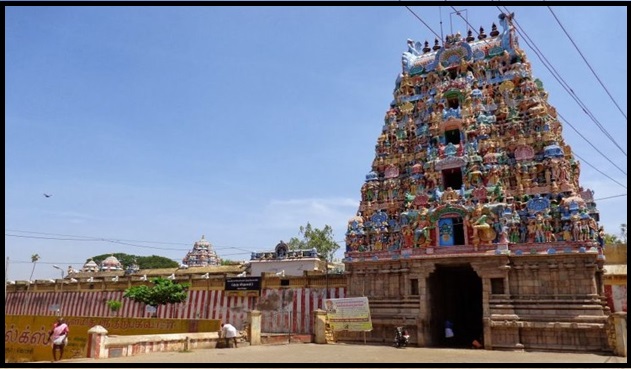
It is important to know the fact that there are only 2 temples dedicated to the KING OF GOD (Sun God) in Mother India. King Narasimhadeva I of the Eastern Ganga Dynasty is believed to have built the Konark Sun Temple and Kulottunga Chola I of the Chola Dynasty built the Suryanar Temple. We read useful information about the SUN TEMPLE in southern India. Jupiter is known as Brhaspati which means lord of devotion. He is called Deva guru, which means guru of the gods. He is the epitome of religion and piety. He leads on Thursdays. He holds a staff, lotus and pearls. A temple dedicated to Brahaspati is called Apatsahayesvarar Temple in Alangud. As this holy temple is dedicated to Guru (Jupiter) it is also called guru stalam. The Apatsahayesvarar Temple is one of the 275 Paadal Petra Sthalam. Here Lord Shiva manifests in the form of Lord Guru.
This temple is believed to have been built by a devotee of Lord Shiva. — Amuthokar. He was the minister of King Masukuntha Chakravarti. Amuthokar is believed to have been killed by the Chakravartis because he refused to give half of his Punya (revenues) to the king. After his death, the sthalam (temple) resounded with the sound of “Amuthokar”. Fearing this constant devilish echo, the king realized his mistake and fervently worshiped Lord Abadsahayeswarar. Then he removed all the doshas. Thirugnanasambandar blessed this Sthalam as a beautiful place with flowers. The lord of that temple is Swayumbhu (the natural origin of the idol). The temple has existed since ancient times. Gnansambandar glorified the Lord in his Thevaram songs. Apatsahayesvarar temple is the 98th temple on the south bank of Cauvery mentioned in Thevaram hymns.
6. Sukra Navagrahastalam – Kanjanur

Shukra, which means brightness and clearness, is the name of the son of Bhrigu and the son of the asuras. He is associated with Friday and is depicted as having a white complexion. Shukra is often depicted holding a stick, lotus, and beads. The temple dedicated to Lord Sukiran is where the ritual of “Kalathira Dosha Pariharam” is performed. The presiding deity of the temple is Lord Shiva, known as Agneeswarar, and the goddess is named Karpagambal. It is believed that Lord Agni, one of the “Ashtadhik Balakars,” worshipped Lord Shiva at this temple, hence the name Agneeswarar. Guru, or Jupiter, is always depicted with a demon being crushed under his feet, symbolizing the eradication of ignorance and the path towards knowledge.
The Agniswara Swami Temple in Kanjanur is associated with Lord Sukran, the planet Venus. According to the Sthala Purana, Lord Brahma witnessed the marriage of Lord Shiva and Parvathy at this temple. The Brahma Lingam enshrined in the temple is said to have been worshipped by Lord Brahma himself. It is worth noting that there is no separate shrine for Lord Sukra, as Lord Shiva is believed to have incarnated as Venus at this temple.
8. Raahu Navagrahastalam – Thirunageswaram

Rahu, according to Hindu tradition, is the severed head of an asura who swallows solar eclipses. He is depicted as a disembodied serpent riding a chariot drawn by eight black horses. Rahu and Ketu are called the North and South Nodes of the Moon respectively.
During Samudra-manthan, one of the best periods in Hindu mythology, Asura Rahu drank some of the amrita (divine nectar). Sun (suryan) and moon (chandran) realized this and warned Mohini (female form of Vishnu). Mohini decapitates the Asura before the nectar reaches his throat. The head remained immortal because of amrita and became Rahu. That immortal head sometimes swallows the sun, causing an eclipse. The sun then passes through the neck hole and completes the eclipse. The lunar eclipse is due to kethu absorbing the Moon at the right time.
9. Ketu Navagrahastalam – Keezhperumpallam

In Hindu astrology, Kethu represents the karmic collections of both spirituality and supernatural influences. Kethu is associated with Vishnu’s Meena Avatar (fish incarnation). Ketu causes material loss to force a more spiritual understanding on a person. Ketu is an indicator of intelligence, dispassion, imagination, penetrating insight and psychic abilities. It is believed that the fox brings wealth to the family. He gives good health and prosperity to his devotees. Ketu is the lord of three nakshatras which are Ashvini, Magha and Mula.
According to mythology the god Vishnu beheaded the asura. As a result, the head and body of the asura merged with the snake to form “Ketu” and “Ragu”. Ketu represents the body without the head and Ragu represents the body without the body. According to the explanations of Hindu mythology, Ketu belongs to the Jaimini Gotra and Rahu to the Paiteenasa gotra. It should be understood that both ketu and Ragu are completely different entities with different characteristics. Ketu is often referred to as the “shadow planet”. Ketu is believed to have a miraculous effect on people’s lives. Ketu is often depicted with a pearl on his head, representing a mysterious light.
